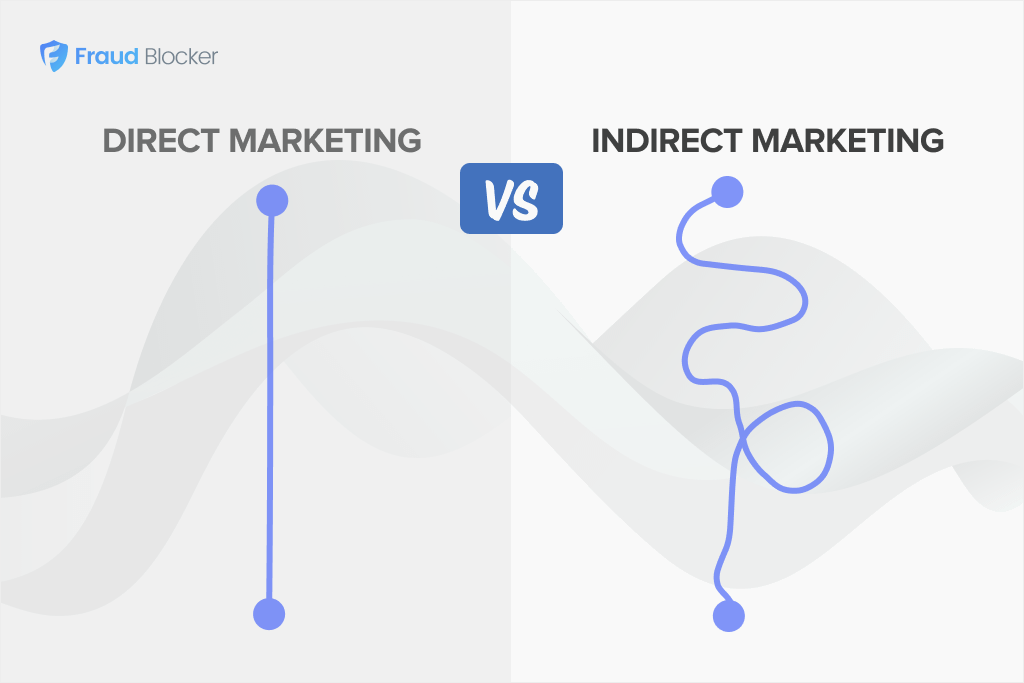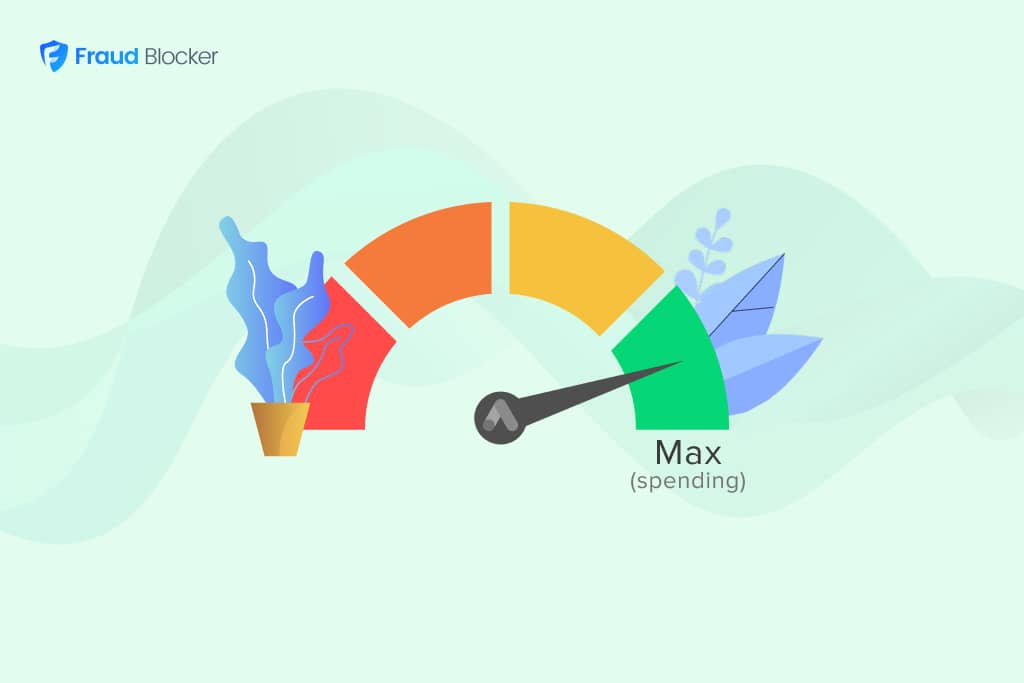
NEW New feature: Verify & block fake emails

We improve your ad performance by blocking click fraud and fake emails

Click fraud is costing advertisers billions in loses. Learn more here.

Click fraud is costing advertisers billions in loses. Learn more here.

Google Ads rolled out it’s newest campaign type, Performance Max, to all their users in November 2021. This was one of Google’s biggest feature launches in years and it’s goal was to greatly simplify their user’s ability to create campaigns while also adding machine learning to find highly qualified users and improve advertising performance. This was especially geared towards users that were new to Google Ads or less sophisticated advertisers that can be overwhelmed with Google’s features and targeting options.
While Performance Max has the potential to save time and resources and improve performance, it also has a number of significant drawbacks that shouldn’t be ignored.
Performance Max is a fully-automated, goal-based campaign type that allows performance advertisers to access all of Google’s ad inventory from a single campaign.
At its core, Max Performance leverages advanced machine learning algorithms and real-time data analysis to automatically optimize bidding strategies, ad placements, and budget allocation. By dynamically adjusting these variables, Google aims to maximize an advertiser’s campaign performance based on predefined goals and objectives.
Performance Max is typically much easier to set up than traditional campaigns because there are less features and settings to configure. You simply need to define your goal, add some creative assets and you’re good to go.
From there, Google’s algorithms promises to optimize your ads to achieve the best possible results, including increased click-through rates, improved conversions, and higher ad placements. On the surface, this sounds like a dream come true for advertisers looking to maximize their return on investment (ROI), however there are a number of key issues to be aware of.
Despite the hype surrounding Google Ads’ Max Performance, advanced marketers find it extremely challenging to use due to it’s lack of features and automated-targeting and bidding.
Here’s a few considerations to look at before jumping into Performance Max:
With Performance Max, Google’s algorithm takes over the decision-making process and they provide you with very limited visibility into where your ads are being shown. It’s reporting system has been criticized for being relatively basic compared to other Google Ads tools. While it provides general insights into campaign performance, it does not delve into the granular details that many digital marketers require for analysis and optimization.
This lack of transparency can be concerning, especially for businesses that have specific target audiences or need to understand exactly what is driving their success or failure.
With Performance Max, advertisers have less control over specific targeting options and ad placements. Google’s standard campaign types, such as Search and Display, have options the target specific keywords, site placements, devices, audience segments and more while Performance Max doesn’t offer these.
✨✨ You can exclude IP addresses from bots and fraudulent sources in Performance Max campaigns using Fraud Blocker ✨✨
Moreover, Performance Max primarily focuses on optimizing Google’s Display Network, which means other ad formats and channels, such as search ads or video ads, may receive less attention. Depending on your advertising goals and target audience, neglecting these alternative channels could limit your reach and potentially hinder your overall campaign performance.
Here’s an example of the targeting options for Google Display Network:
Unlike Google’s standard campaign types, Performance Max takes the image, headlines and descriptions you provide and let’s their algorithms go to work.
Google will also make a generic video for you so they can run it in their YouTube inventory and you can give them permission to find other landing pages on your website that they think may be a better fit for their users.
All of this creative freedom can often cause mutations that aren’t brand-friendly or logical such as mentioning the price of your product without any supporting headline that explains what your product does. Or using a headline for a free ebook offer without sending users to a landing page about the ebook.
While you can provide Google with guardrails to ensure this doesn’t happen, their default UI simply instructs you to add a bunch of assets and let them takeover (see image of this below).
Since Performance Max relies on machine learning, anytime you make a change to your campaigns, such as adjusting your goals or demographics, then it can take weeks for the system to re-learn your target audience.
As seen in this blog post from FT Optimize, their performance went on a 2-week “rollercoaster” after they made adjustments to their goals as Google tried to find where there new users were.
This long learning curve can be devastating for businesses, especially if the end result is worse performance than they had originally.
The algorithms behind Performance Max are a black box. While Google Ads’ Performance Max may promise enhanced performance and optimization, it’s important to approach this feature with caution. Excessive spending without guaranteed results, limited control and transparency, increased competition, and neglecting other ad formats and channels are some of the potential drawbacks to consider.
These limitations can be frustrating for seasoned marketers who are used to having more information about where their ads are being shown and how their budget is being spent. The algorithm, although sophisticated, may not fully comprehend nuanced changes in the business environment or company strategy, leading to suboptimal ad placements and bidding decisions.


